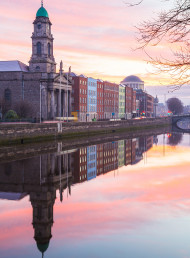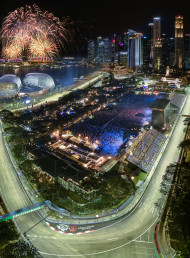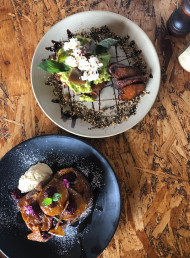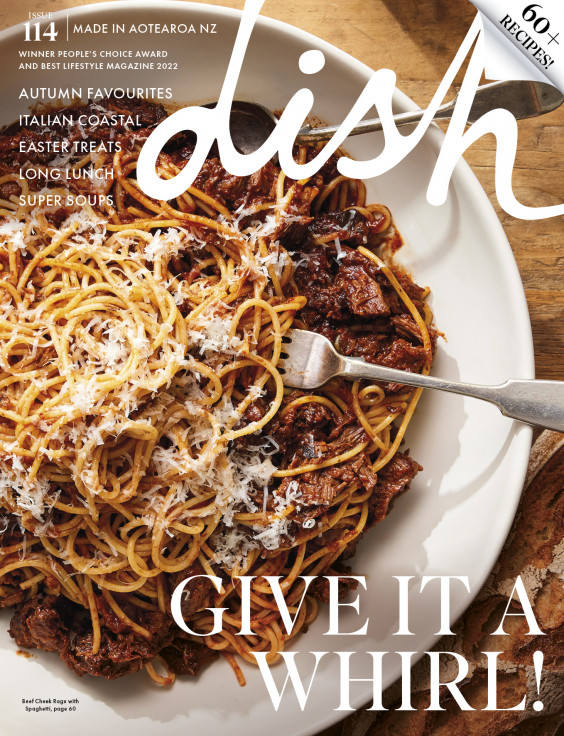A travel guide to Lebanon
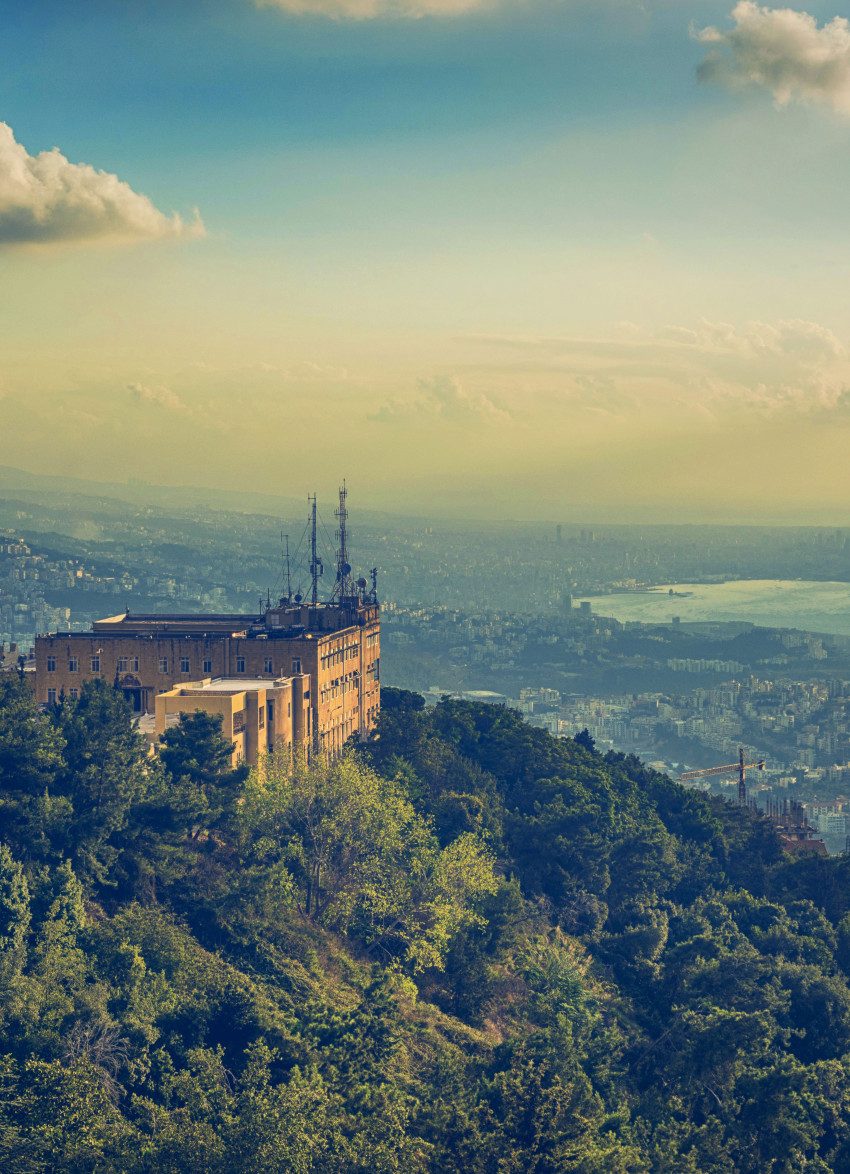
Lebanon’s warmth and generosity finds ultimate expression in its food, discovers Jo Bates. She serves up a taste of life in the Middle Eastern nation.
Lebanon is not a polished and predictable destination – it’s a thrilling cultural and culinary revelation. Leave behind notions of lattes and friands and embrace cardamom-spiked Turkish coffee and nut-studded, rose-scented, pastry-layered sweets.
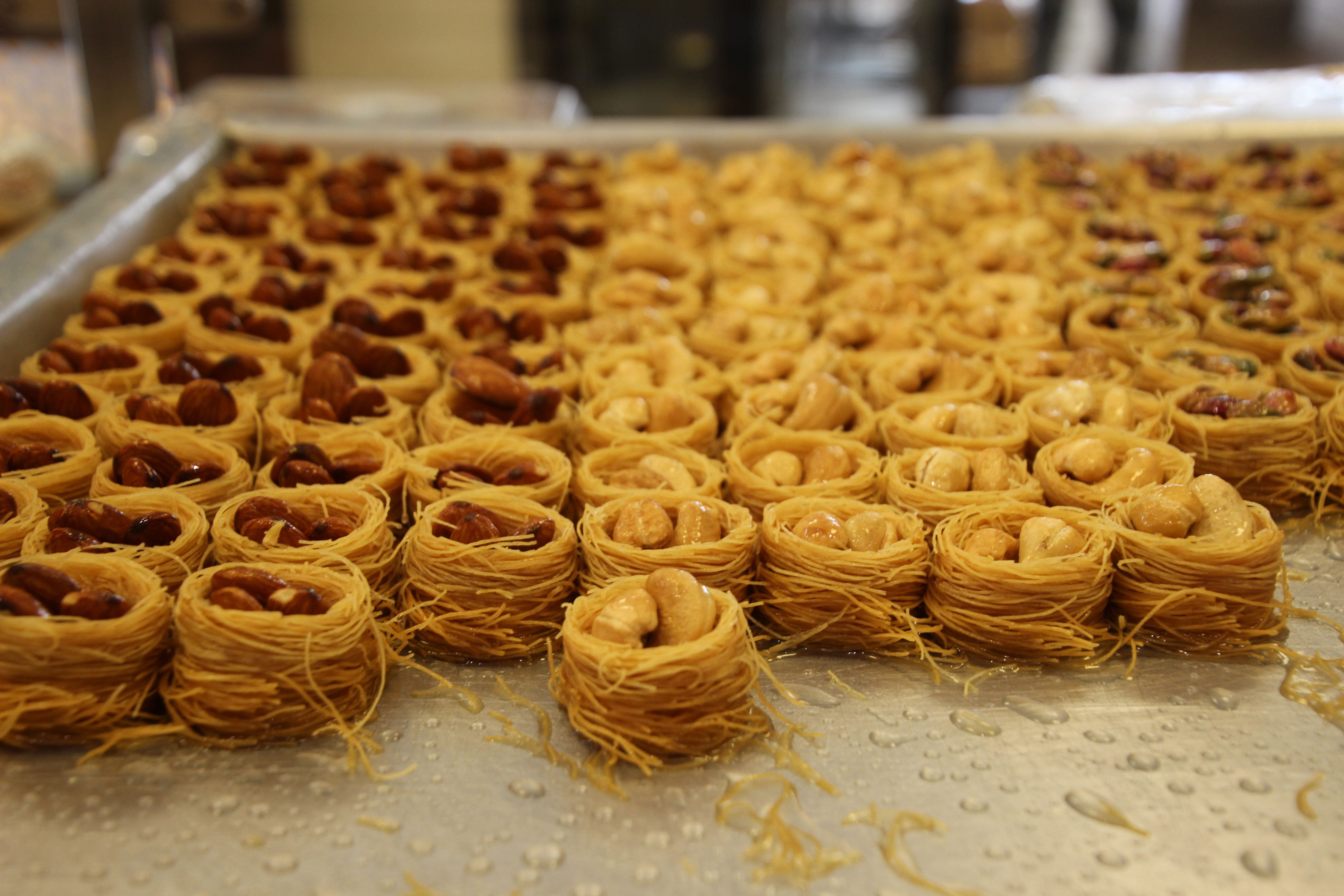
Pack light and loose because the waistline will expand with the never-ending mezze dishes and all that follows. You’ll discover trays and trays of sticky, nutty sweets to try and street food to devour. Manousheh (white flatbread) drizzled with olive oil and sprinkled with za’atar is a must, as are fluffy falafel packed with pickles and wrapped tight with bread.
Lebanon is also a place where your heart has the chance to expand a little more than your middle. The people have known war and political turmoil, and there’s a sense that humanity and compassion are better understood here. Lebanese hospitality is some of the warmest you’ll ever find in your travels.
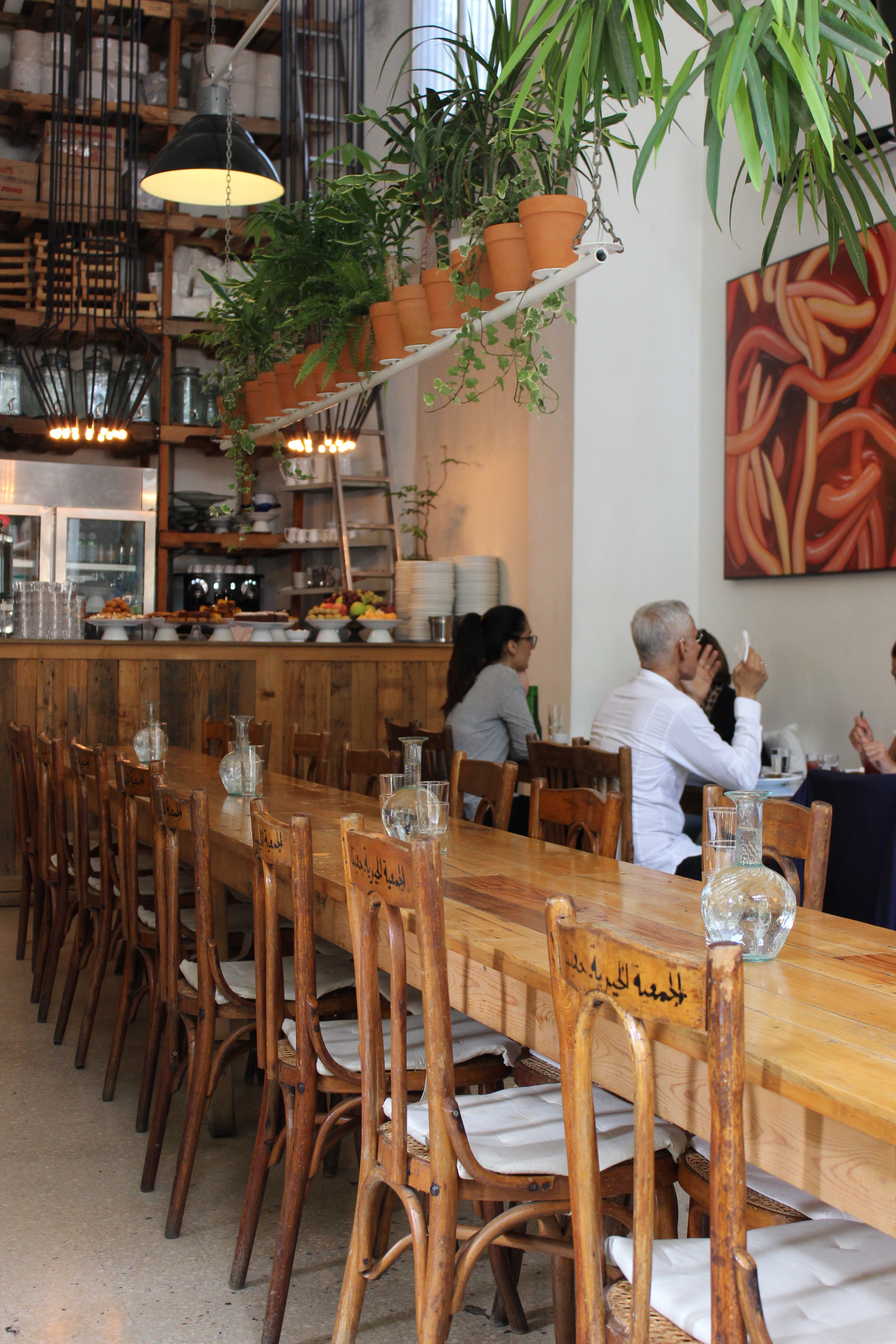
The country packs plenty into its geographic scope; there’s skiing in winter; olive trees grow on rock-lined terraces in the hills; wineries spring like oases in the central Bekaa Valley; and in the south, banana plantations frill the edges of the Mediterranean. Pick your favourite season to travel: orange blossoms in the cool of March; spring for fresh almonds, peas and wild gardenia; and juicy figs in August when the intense summer heat subsides.

Begin your adventures in Beirut, the capital, which has a lineage that encompasses the Phoenicians, Romans, Byzantines, Arabs, Crusaders and Ottomans. And thanks to the French Mandate, locals flip from Arabic to French and English with enviable ease. This heady city juxtaposes ritzy new towers with crumbling Ottoman palaces, an old mechanic’s workshop next to a hip bar; high end next to humble. It’s a place to eat, shop and party – something the locals do very well.
1. Tawlet: Named eighth on Monocle’s 2015 list of top-50 restaurants worldwide, Tawlet, which means table, is the place to get your culinary bearings. The initiative of social entrepreneur and local food legend Kamal Mouzawak, this is where women from all over the country come to cook their regional home cuisine. Tawlet is an outstanding introduction to Beirut and Lebanon; make it your first port of call. You can also buy preserves, organic wine and recycled glassware here.
2. LIZA Owner Liza Soughayar opened her first eponymous restaurant in Paris, followed by Beirut in 2013. The chic interiors of the restored 19th-century Ottoman palace in posh Achrafieh are the perfect complement to her cuisine – traditional Lebanese with a contemporary update.
3. Baron At Baron in hip Mar Mikhael, chef Athanasios Kargatzidis gives well-known Mediterranean and Levantine flavours rebellious but respectful new twists. Dishes are packed with flavour, the most talked-about being the wow-factor baked whole cauliflower – the kitchen does 200 to 300 heads of it a week.
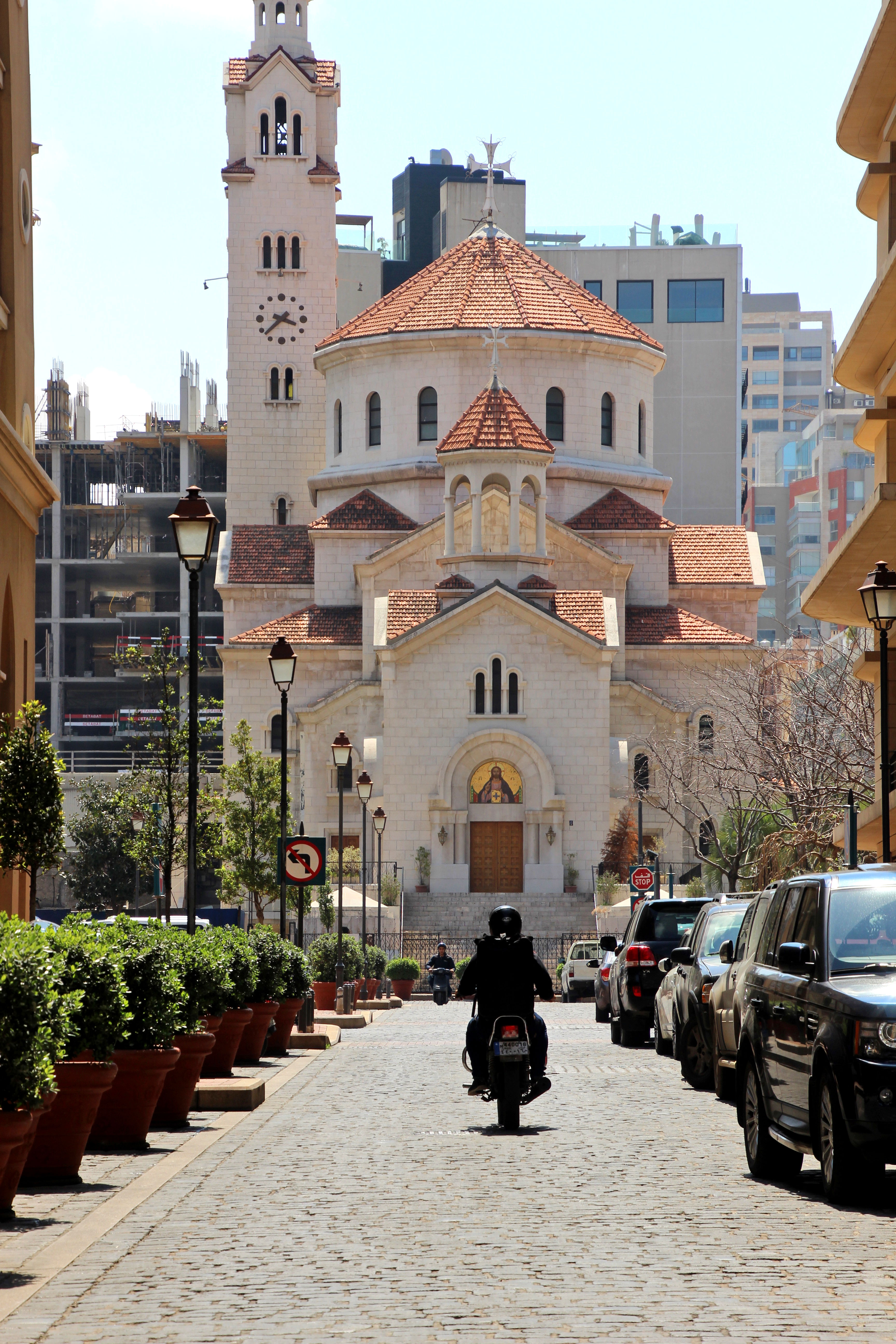
Getting around
Street names and numbers are mere tokens of town planning when it comes to finding your way in Beirut. Landmarks and endlessly asking for directions are the tools of navigation; don’t be shy, everyone takes the time to help. Taking a taxi or walking are your best options, as public transport barely exists. A single-journey cab fare within the city costs $8-10 and there are also ‘servis’ taxis – for around $2, you share a ride when heading in the same direction as other passengers. There are always taxis around, although servis taxis are often unmarked, so make sure you establish the price before you ride. Uber operates here and Allo Taxi (allo.taxi) is considered the most reliable registered service.
Day trip: Saida
Less than an hour south of Beirut (depending on the traffic) is the ancient port town of Saida (also named Sidon), with a crumbling castle built by the Crusaders in 1228 that juts into the Mediterranean. The old souks are woven through this seaside town, with its inviting maze of tiny shops, peaked stone arches and buzzing daily life. Purveyors of handmade soaps, household goods, sweets, herbs, nuts and spices are all tucked into spaces carved of stone.
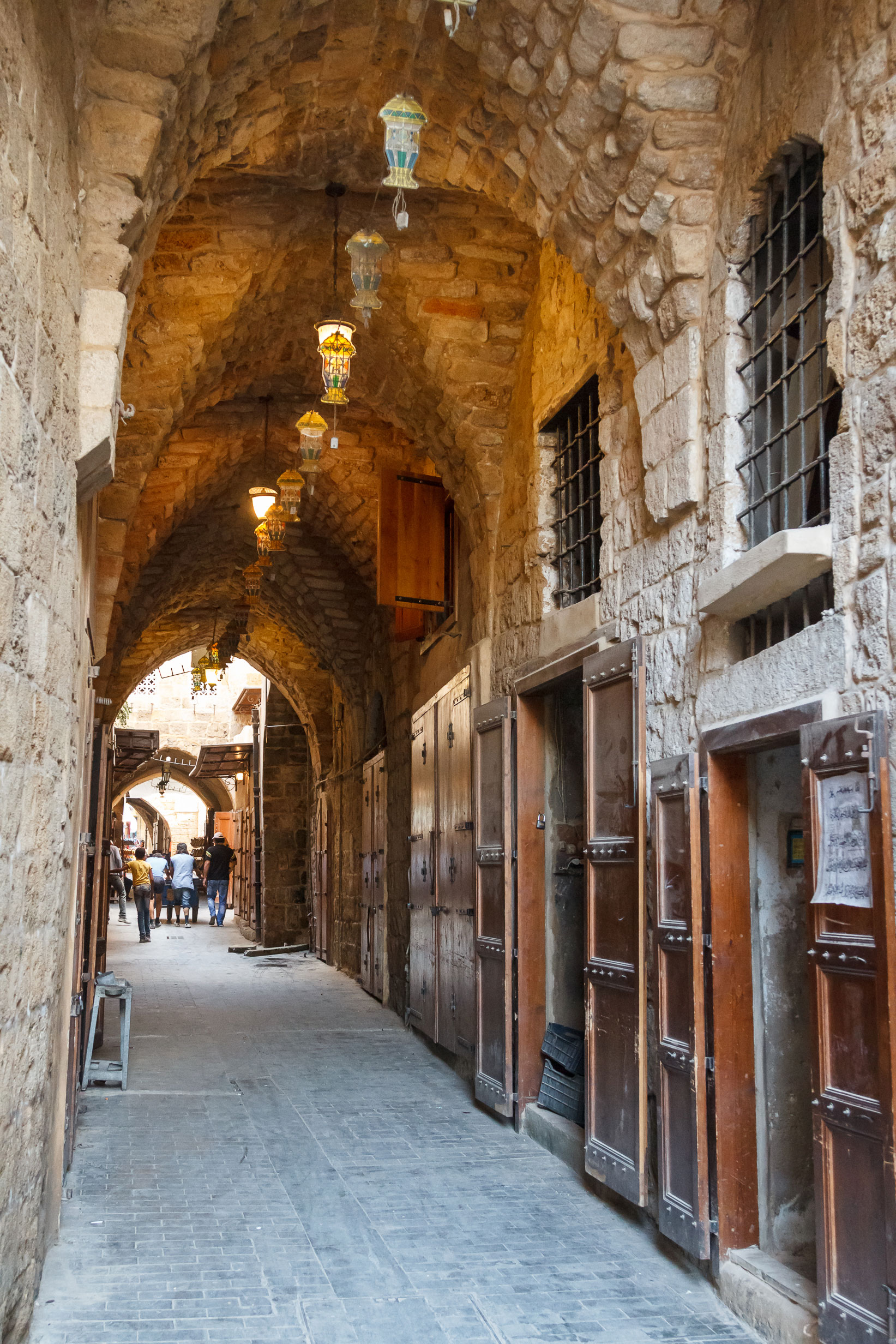
Homes are stacked above shops and restaurants and children dart about playing games, yet there’s a very calm feel to this part of the old the city. Little has changed for centuries in the way artisans continue their work. Marwan Sharaf is well worth a visit; watch him make trays of glossy, jewel-like, nut-studded sweets rolled in rose petals and saffron threads. Just ask for directions – in the typical style of Lebanese hospitality, you’ll probably be escorted there.
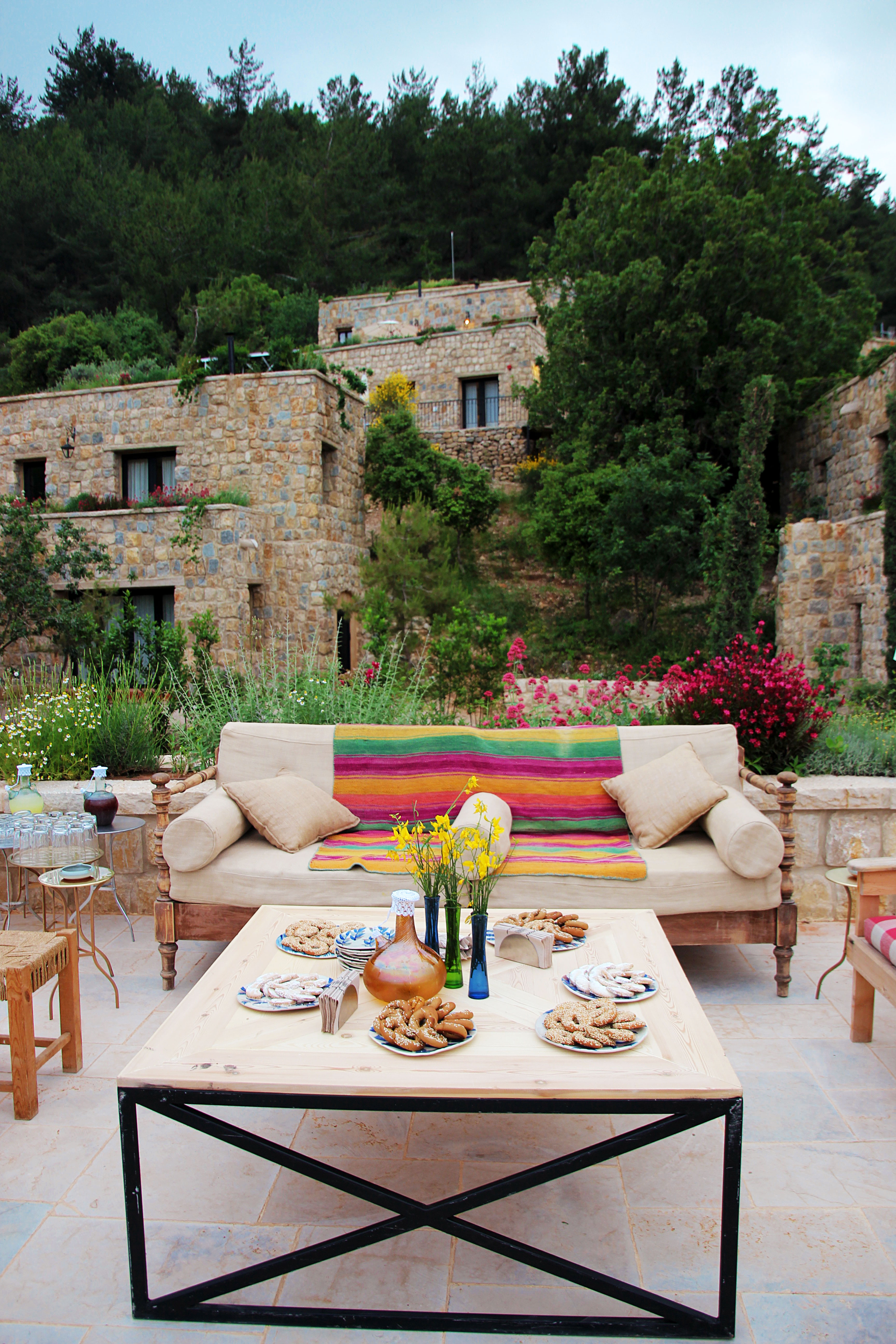
Where to sleep
1. Hôtel Phoenicia Hôtel Phoenicia rose during Beirut’s modernist golden age when it became ‘the Paris of the East’. Since 1961, royalty and the rich and famous have been drawn to the elegant exterior lines of the hotel and the luxury of its plush interior. It’s the ritziest address in town.
2. L’hôte Libanais A collection of carefully selected guesthouses and boutique hotels that offer a truly authentic travel experience come under the L’Hôte Libanais umbrella. Accommodation in historic buildings, artsy apartments and restored mansions are dotted throughout Beirut and Lebanon.
3. Bkerzay At Bkerzay, nature has dictated the layout of the stone buildings that form a village-like arrangement. Paths and rooftops are lined with vibrant flowers and views open up to the Med in the distance. Built in traditional Lebanese style, Bkerzay recently opened but already looks and feels embedded into its hilltop landscape. Walk in the hills, lounge by the pool, spin the potter’s wheel, luxuriate in the studded-domed hammam and enjoy menus by the highly respected Beirut-based chef Hussein Hadid.
4. Beit Douma Douma, in the Batroun mountains, is dotted with historic homes, one of which has been carefully restored by Kamal Mouzawak and his fashion designer partner Rabih Kayrouz. The front doors of the 18th-century home open into a large entrance hall and table dressed with flowers from the garden. You will be charmed.
5. Palmyra Despite earthquakes and wars, the Palmyra in Baalbek has been open every day since 1874. Nina Simone, Albert Einstein, George Bernard Shaw and Ella Fitzgerald have all stayed here. Stay at the accompanying boutique hotel, L’Annexe, directly across the road from the spectacular Roman ruins; a must-visit.
Where to shop in Beirut
1. Zawal & Plan Bey These twin shops share a space in Mar Mikhael, offering hand-blown glass, prints, limited-edition art, postcards and memento, all made by local artists.
2. Vanina Since 2007, childhood friends Tatiana Fayad and Joanne Hayek have been creating chic jewellery and fashion, all handcrafted in Lebanon.
3. Nada Debs Lebanon-born, Japan-raised furniture designer Nada fuses Arabic influences with Zen minimalism.
4. Orient 499 Beautiful objects for the home, art, jewellery and clothing are hard to resist at this upmarket boutique in equally upmarket Clemenceau.

History in cocktail
The Phoenician Resurgence is a salute to Beirut, says bartender Olson Pereira, of Hôtel Phoenicia. “Beirut has been destroyed and rebuilt seven times and this cocktail is inspired by the Phoenician spirit to rise again.” With hints of cinnamon and thyme, it’s also a nod to some of Lebanon’s favourite flavours.
Phoenician Resurgence
50ml Bombay Sapphire
15ml Galliano
15ml lemon juice
5ml cinnamon syrup
50ml fresh
pineapple juice
orange blossom
water to spray
Shake, fine strain and garnish with a thyme sprig and cinnamon stick.

Local food hero:
Bethany Kehdy
Described by Yotam Ottolenghi as “a new champion of Middle Eastern food”, Bethany has a second cookbook, The Jewelled Kitchen (HardieGrant), out in September. She recently launched her Mawsam supperclubs (@swingingmawsam), which she hosts at her chic home in Beirut’s Gemmayzeh. And since 2009 she’s been operating walking and eating tours of Beirut, as well as rural and cultural tours through her company Taste Lebanon. Here are some of her favourite eateries in Beirut and beyond.
1. Seza Away from the buzz of Mar Mikhael is this family-run Armenian bistro offering food cooked with nafas (soul). Try the kebebet, freekeh, basterma quail and manti.
2. Jammal This gem on the shores of Batroun is pricey, but the quality is superb. Ask to have your table set in the water, dip your toes in, pour the arak and choose from their seasonal menu featuring the day’s catch.
3. Em Sherif The place for a mezze-avalanche experience; lunch is a set menu. A must for first-time visitors to the Middle East.
4. Kelly’s Fish Lounge At this charming terrace eatery, the fish is cooked by chef Kelly, who picks the best seasonal produce. Try the charred octopus and scallops.
5. Makhlouf Ask for the shawarma sandwich made with a loaf of bread, extra garlic, pickles, fatty (they’ll smother the bread with chicken juices), rolled and crisped.
latest issue:
Issue #114
Autumn has arrived, and with it, the latest issue of dish, jam-packed with recipes that will have you fizzing to get in the kitchen! With a long Easter lunch featuring perfectly pink, blushing roast leg of lamb and wildly decadent baked mashed potatoes with caramelised onions, to simply scrumptious chocolate treats and sensational seasonal baking this issue has you covered - we reckon the Hot Cross Buns are our best yet! Salads make way for soothing soups, pies, puddings and our cover star beef cheek ragù with spaghetti – a must-make dinner for family and friends. With over 60 recipes in our latest issue there’s plenty of inspiration to keep you busy – and well-fed! Don’t forget to share your dish dishes with our Facebook community.

